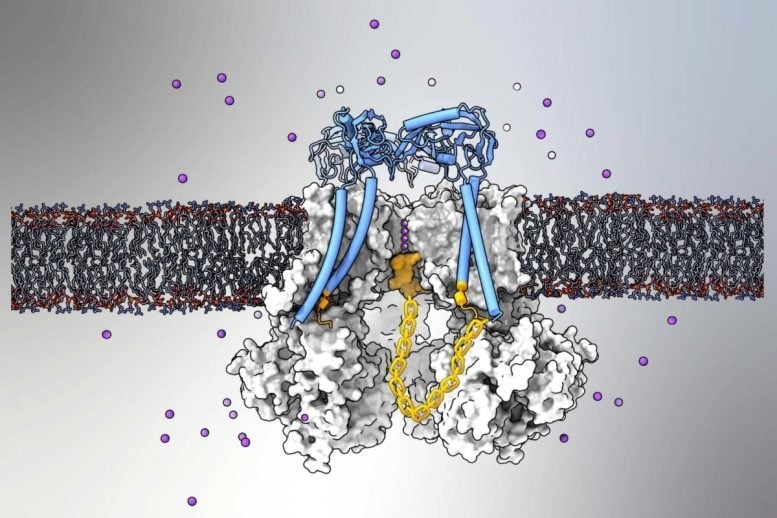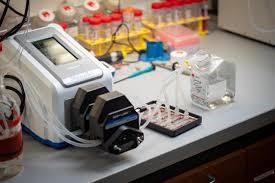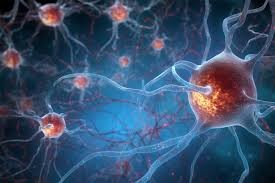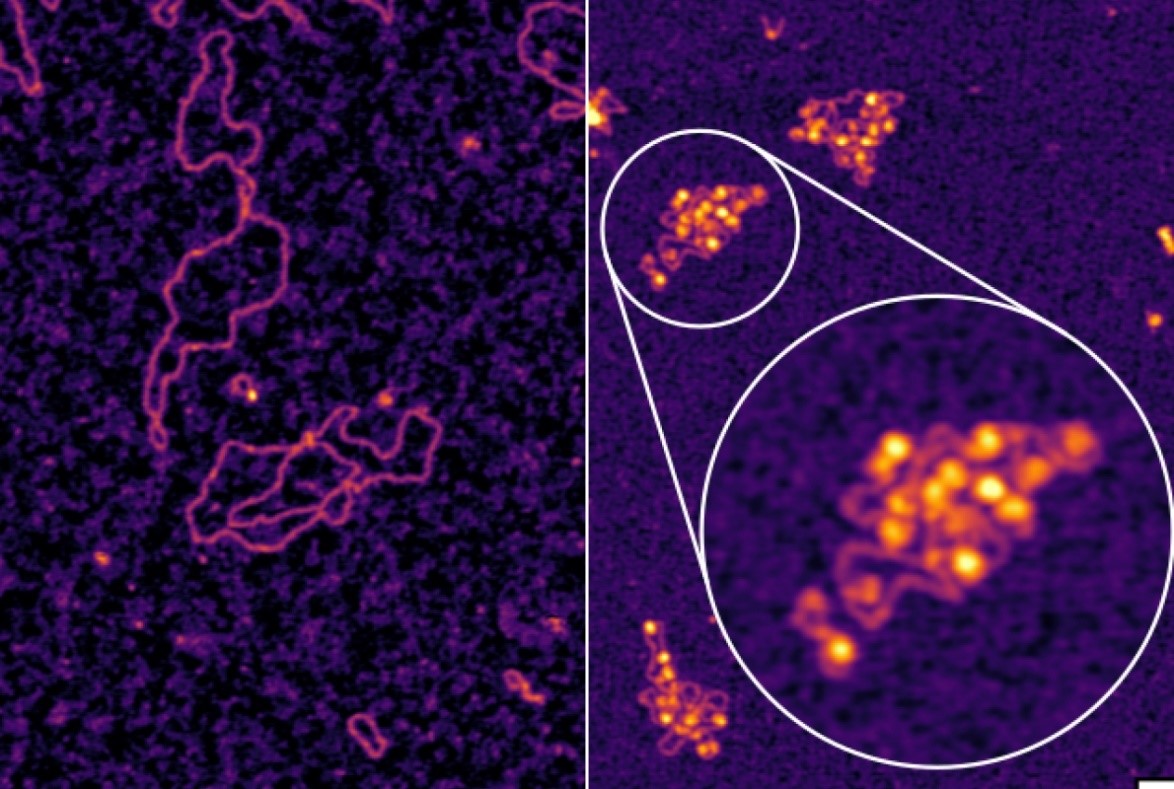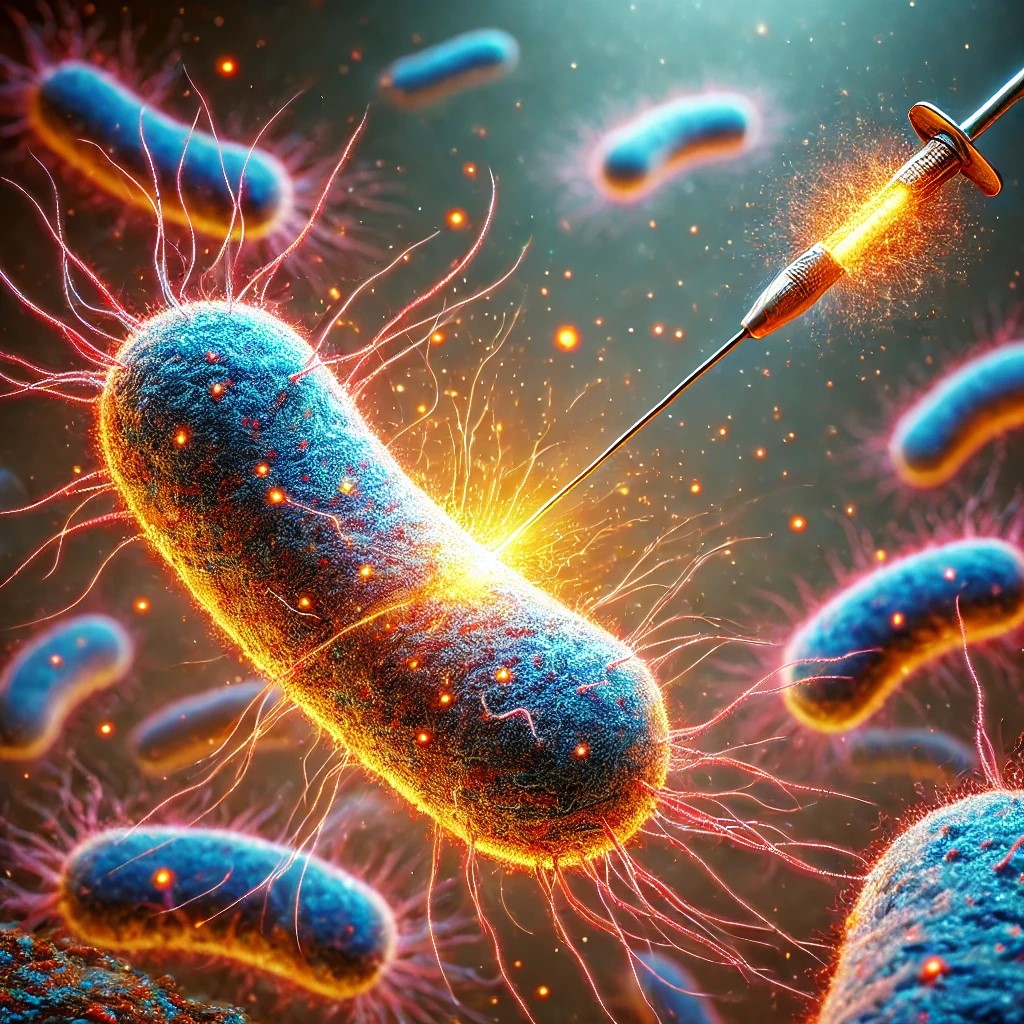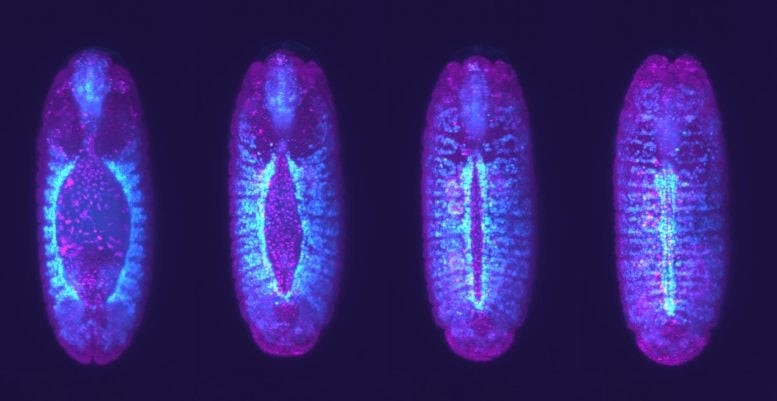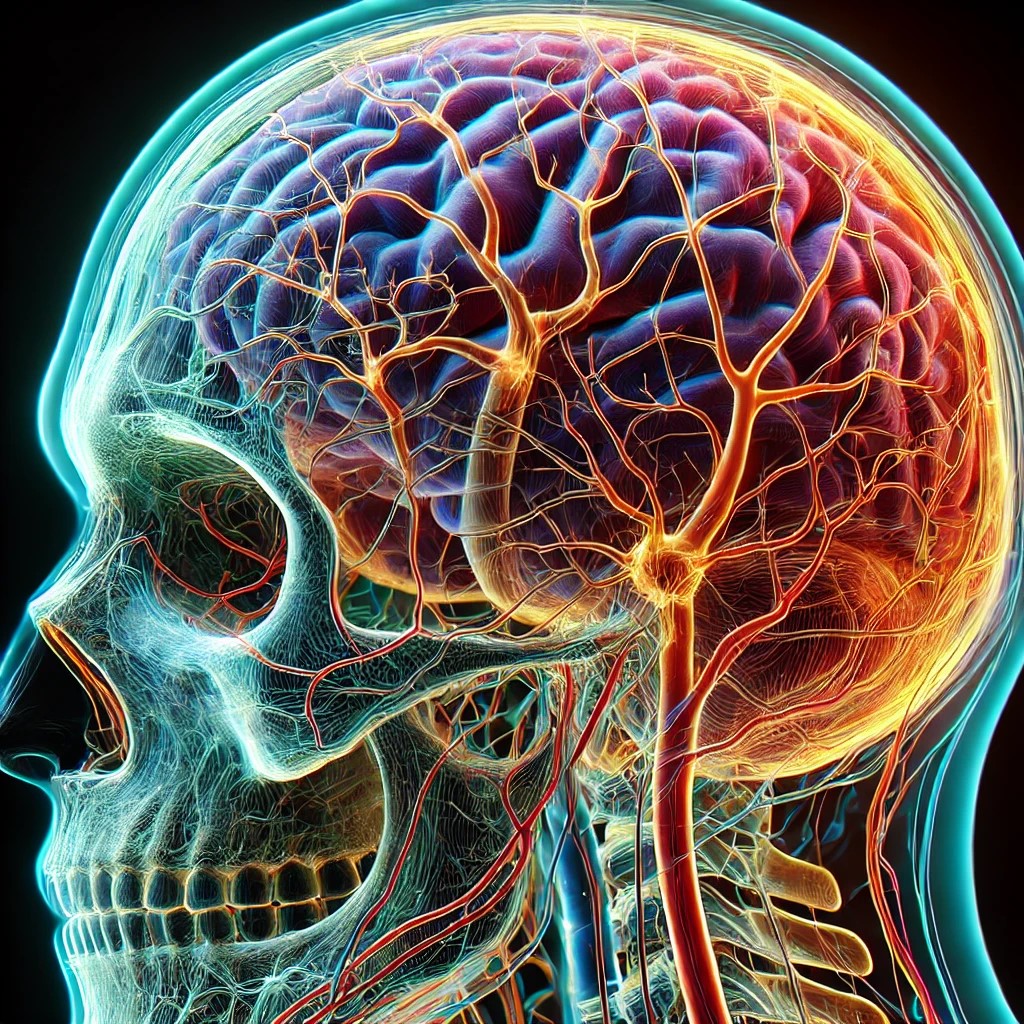Harvard Scientists Uncover Why Humans Burn Energy Differently Than Any Other Animal
Why Chimps Are Couch Potatoes and Humans Keep Moving
Animals consume calories through food, which are then spent on two main metabolic categories: resting and physical activity. In other primates, there is a noticeable tradeoff between resting and active metabolic rates, helping to explain why chimpanzees, with their large brains, energy-intensive reproduction strategies, and long lifespans, tend to be “couch potatoes” who spend much of their day eating, according to Lieberman.

Figure 1. Harvard Scientists Reveal Why Humans Use Energy Uniquely Compared to Other Animals.
In general, the energy animals use for metabolism is released as heat, which is challenging to dissipate in warm environments. As a result, animals like chimpanzees, who devote a large portion of their energy to resting metabolism and live in tropical, warm climates, have lower activity levels. Figure 1 shows Harvard Scientists Reveal Why Humans Use Energy Uniquely Compared to Other Animals.
The Secret Weapon: Sweating for More Energy
“Humans have not only increased our resting metabolisms beyond those of chimpanzees and monkeys, but — thanks to our unique ability to expel heat through sweating — we’ve also been able to boost our physical activity levels without decreasing our resting metabolic rates,” explained co-author Andrew Yegian, a senior researcher in Lieberman’s lab.
How Our Bodies Became Metabolic Powerhouses
The research team found that monkeys and apes invest about 30 to 50 percent more calories into their resting metabolic rates compared to other mammals of the same size. Humans, however, take this a step further, investing 60 percent more calories than similarly-sized mammals.
“We initially wondered if humans and other primates might have relatively low total metabolic rates, as some previous researchers suggested,” said Yegian. “We then sought a better way to analyze it using quotients, and that’s when we made a breakthrough.”
What’s Next? Studying Metabolism in the Modern World
The team, which includes collaborators from Louisiana's Pennington Biomedical Research Center and the University of Kiel in Germany, plans to further explore metabolic differences among human populations. For example, subsistence farmers who grow their own food without machines have much higher physical activity levels than both hunter-gatherers and people in industrialized settings like the U.S. However, regardless of activity level, all human populations expend similar energy for their body size when it comes to resting metabolic rates.
“What we’re really interested in is the variation in metabolic rates among humans, especially with today’s increasing reliance on technology and lower physical activity,” said Yegian. “Since we evolved to be active, how does having a sedentary job impact our metabolism and overall health?”
The Metabolic Mystery of Humans
Harvard scientists have uncovered why humans burn energy in a way that sets us apart from all other animals, even our closest relatives, like chimpanzees and other primates. This research highlights the unique metabolic characteristics that have allowed humans to become energetically distinct from other species.
A High Metabolism Helps Us Thrive
Humans have a much higher metabolic rate than other mammals, including primates. Researchers suggest this higher metabolism helped our hunter-gatherer ancestors gather enough food while supporting larger brains, longer lifespans, and higher reproduction rates. Our ability to maintain both a high resting metabolism and active metabolism gave us an edge over other species.
Resting vs. Active Metabolism in Primates
While animals spend energy on metabolism, they typically allocate it between resting and physical activity. In primates, there’s a tradeoff between these two metabolic processes. Chimpanzees, for example, have large brains and energy-intensive reproduction strategies, meaning they spend more on their resting metabolism. This results in lower levels of physical activity, as their energy is primarily directed toward basic bodily functions.
The Role of Sweating in Human Energy Use
Humans have an evolutionary advantage with our unique ability to sweat. Sweating allows us to expel excess heat generated during physical activity, making it possible for us to maintain high levels of physical exertion without overtaxing our resting metabolic rates. This adaptation has been key to our endurance and energy efficiency.
Future Studies on Human Metabolism
Researchers are expanding their study to understand how metabolic differences among human populations play a role in our modern world. They’re particularly interested in how technology and sedentary lifestyles affect our metabolism. By comparing the metabolic rates of groups like subsistence farmers and industrial workers, scientists aim to discover how our evolutionarily active nature is impacted by today’s less physically demanding environments.
Source: SciTECHDaily
Cite this article:
Priyadharshini S (2025),"Harvard Scientists Uncover Why Humans Burn Energy Differently Than Any Other Animal",AnaTechMaz,pp. 332







